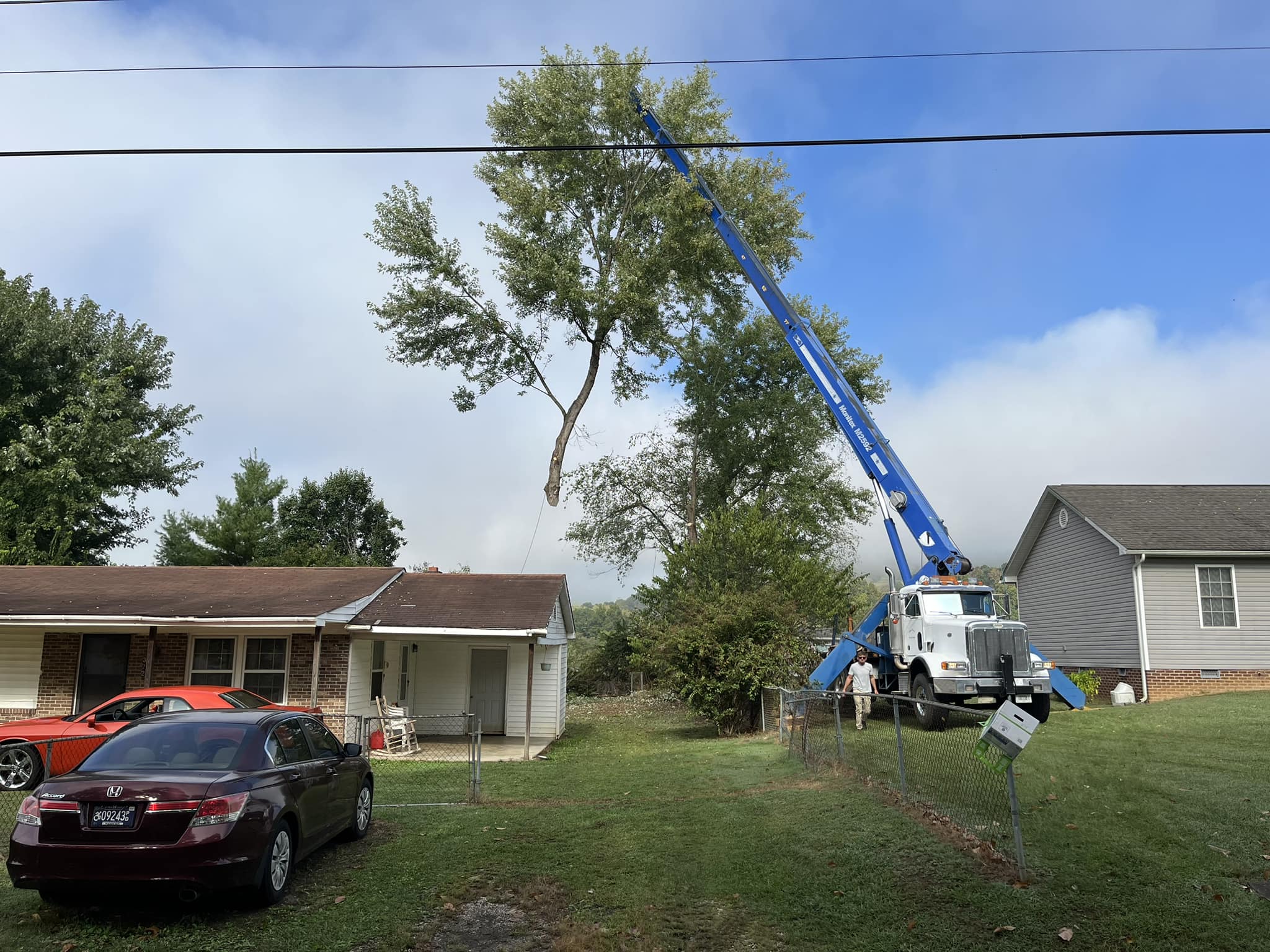
Storm Preparation: How to Safeguard Your Trees Against Severe Weather Oct 07, 2025
Understanding the Risks
Trees are a vital part of any landscape, providing shade, beauty, and even increasing property value. However, they can also pose significant risks during severe weather conditions. High winds can snap branches or even uproot entire trees, while heavy rain and saturated soil can lead to root failure and toppling. Preparing your trees for these events not only helps protect your property but also reduces potential hazards.
Conducting a Tree Health Assessment
Regular tree health assessments are crucial. Begin by examining the overall structure and condition of your trees. Look for signs of weakness such as dead or hanging branches, splits in the trunk, or decay. These issues can make trees more vulnerable during storms. Brocks Tree Service LLC recommends scheduling a professional tree inspection, especially if you're unsure about the health of your trees. Our experts use their extensive knowledge to identify potential problems and suggest practical solutions.
Pruning and Trimming
Routine pruning is one of the most effective ways to safeguard your trees. Remove dead or weak branches that could easily break off during a storm. Additionally, thinning the canopy can significantly reduce wind resistance. By strategically trimming trees, we ensure that they can withstand heavy winds better. Hiring professionals for routine maintenance guarantees that the pruning is done correctly and safely.
Cabling and Bracing
For trees with structural integrity issues, cabling and bracing can add an extra layer of security. These techniques involve installing flexible cables and rigid rods to support limbs and trunks, thereby reducing the chance of failure during high winds. This service is particularly beneficial for older trees or those with a history of storm damage. Consult with Brocks Tree Service LLC to determine if your trees would benefit from cabling or bracing.
Soil and Root Management
The health of your trees is not just above ground; strong roots and well-managed soil contribute significantly to a tree's stability. Ensure that your soil has proper drainage to prevent waterlogging, which can compromise root systems during heavy rainfall. Regular mulching helps to retain soil moisture and maintain healthful nutrients, promoting strong root growth.
Post-Storm Care
After a storm, assess the damage to your trees as soon as it's safe to do so. Look for broken branches, visible roots, or leaning trees. Immediate action can prevent further damage and protect your property. Contact Brocks Tree Service LLC for a comprehensive post-storm evaluation. Our team can safely remove debris, prune any damaged limbs, and implement recovery solutions tailored to your trees' needs.
Conclusion
Protecting your trees from severe weather is a proactive choice that enhances both the safety and aesthetics of your property. By implementing these strategies, you minimize the risk of damage and ensure that your landscape thrives despite adverse conditions. Contact Brocks Tree Service LLC today to ensure your trees are prepared for whatever Mother Nature has in store. Let us help you create a robust and resilient outdoor environment, safeguarding your trees and your peace of mind.
/filters:no_upscale()/media/14524e9b-b3f0-49af-80f3-9eb22ef0b1a7.jpeg)
/filters:no_upscale()/filters:format(webp)/media/ef612925-5985-4fe7-aa1e-5f2dda9f9752.jpeg)